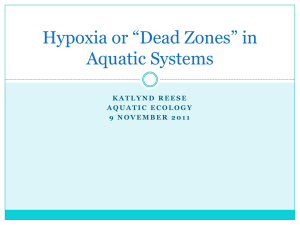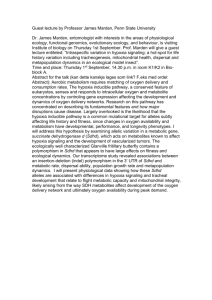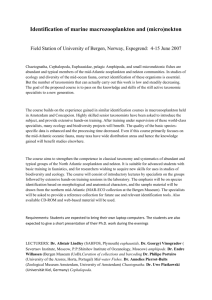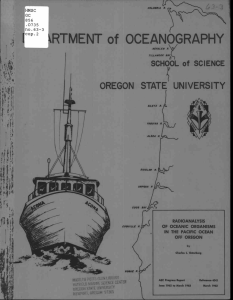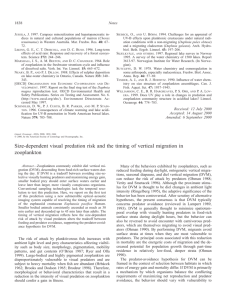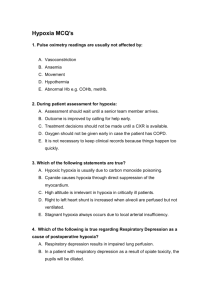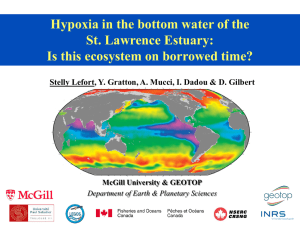10635_Li-ed
advertisement
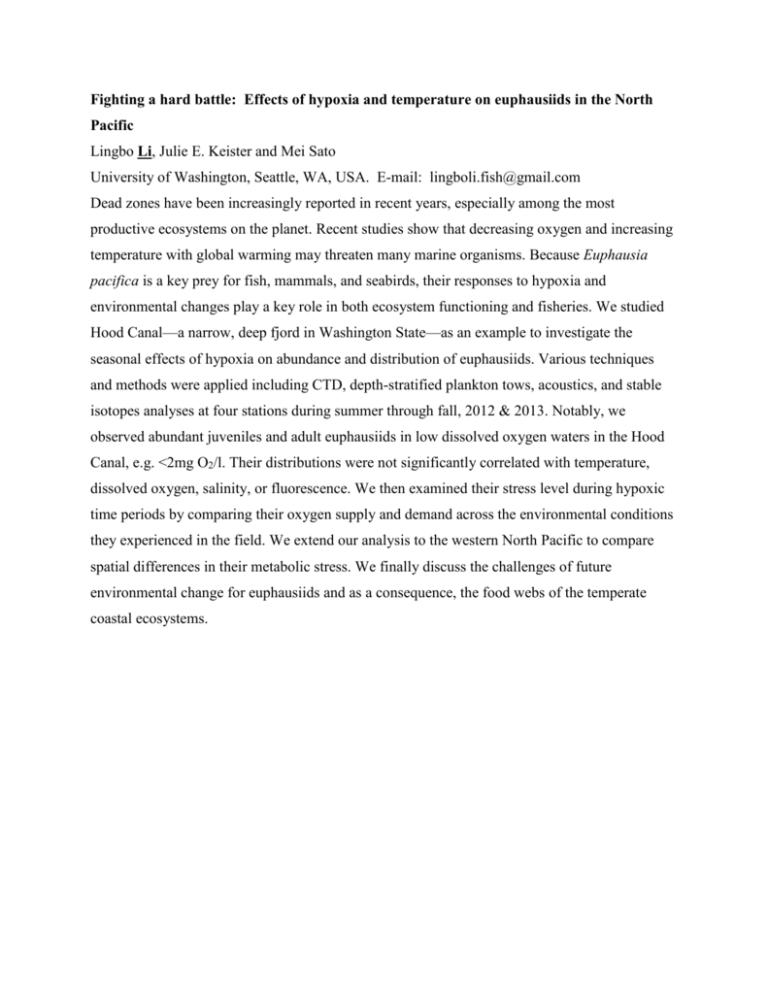
Fighting a hard battle: Effects of hypoxia and temperature on euphausiids in the North Pacific Lingbo Li, Julie E. Keister and Mei Sato University of Washington, Seattle, WA, USA. E-mail: lingboli.fish@gmail.com Dead zones have been increasingly reported in recent years, especially among the most productive ecosystems on the planet. Recent studies show that decreasing oxygen and increasing temperature with global warming may threaten many marine organisms. Because Euphausia pacifica is a key prey for fish, mammals, and seabirds, their responses to hypoxia and environmental changes play a key role in both ecosystem functioning and fisheries. We studied Hood Canal—a narrow, deep fjord in Washington State—as an example to investigate the seasonal effects of hypoxia on abundance and distribution of euphausiids. Various techniques and methods were applied including CTD, depth-stratified plankton tows, acoustics, and stable isotopes analyses at four stations during summer through fall, 2012 & 2013. Notably, we observed abundant juveniles and adult euphausiids in low dissolved oxygen waters in the Hood Canal, e.g. <2mg O2/l. Their distributions were not significantly correlated with temperature, dissolved oxygen, salinity, or fluorescence. We then examined their stress level during hypoxic time periods by comparing their oxygen supply and demand across the environmental conditions they experienced in the field. We extend our analysis to the western North Pacific to compare spatial differences in their metabolic stress. We finally discuss the challenges of future environmental change for euphausiids and as a consequence, the food webs of the temperate coastal ecosystems.


